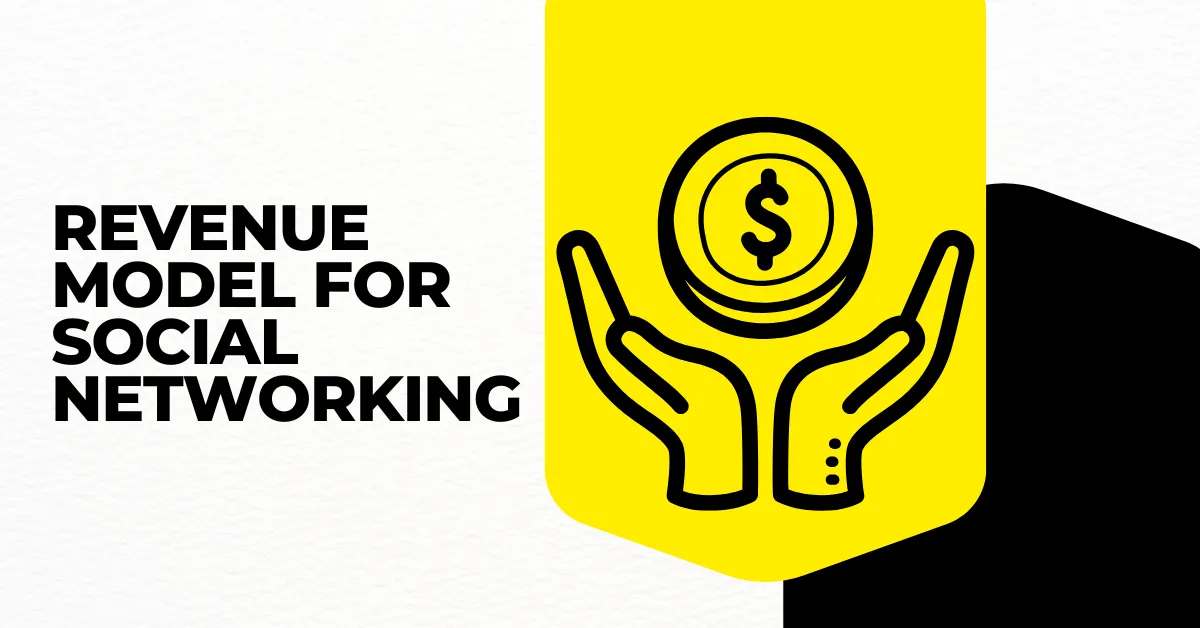Remember when social media was all about poking friends and oversharing your lunch? Those were the days. But in today’s digital ecosystem, a Social Networking App is far more than a place to hang out—it’s a serious business opportunity. Platforms like Facebook, Reddit, and even Clubhouse have turned engagement into economics, likes into leads, and comments into cash flow.
Sure, you might launch your Facebook clone to build community, spark conversations, or create niche hubs—but let’s be real: maintaining servers, building moderation tools, and rolling out features costs money. A lot of it. And that means your monetization strategy can’t just be an afterthought—it has to be part of the platform’s DNA.
At Miracuves, we’ve worked with bold founders to craft social platforms that don’t just connect people—they generate revenue from the ground up. So if you’re ready to build something that scales both socially and financially, let’s explore how to make money while keeping your community thriving.
Why Monetization Feels Different for Social Apps
Unlike eCommerce or SaaS, people don’t show up to social platforms intending to spend money. They come to connect, share, and discover. So the monetization methods have to blend in—feel natural. That’s where smart, layered revenue models shine.
Plus, your platform’s culture, user behavior, and niche will shape what works. What flies on a Gen Z app like BeReal might flop on a professional network like LinkedIn.
Read More : How to Market a Social Networking and Community Platform Successfully After Launch
Proven Revenue Models for Social and Community Platforms

1. Ads, But Make Them Native
Standard display ads are out. Today’s social apps use:
- In-feed ads that mimic user content (Instagram, TikTok)
- Story ads in ephemeral formats (Snapchat, WhatsApp)
- Contextual targeting based on interest graphs
Bonus points if you let users opt-in to ad preferences.
2. Premium Memberships and Unlockables
Give users access to:
- Verified badges
- Extended post limits
- Analytics dashboards
- Custom profile themes
Think Reddit Premium or X (formerly Twitter) Blue. These offer exclusivity and utility—two things users will pay for.
3. Tipping, Gifting, and Creator Subscriptions
Support the creators, support the platform. Let users pay to:
- Tip a helpful comment
- Send virtual gifts during live streams
- Subscribe to exclusive creator content
This works well in creator-driven spaces or micro-communities.
4. Community Access and Paywalls
Some groups or forums can be pay-to-access. Especially in:
- Niche knowledge hubs (think investing, parenting, coding)
- VIP chat rooms or mentorship spaces
- Event-based communities
You provide the infrastructure; users monetize their communities.
5. Data and Audience Insights
No, we’re not talking about creepy surveillance. We mean:
- Aggregated trend data
- Behavioral analytics for business accounts
- Polling tools and sentiment dashboards
Offer it ethically and make sure it’s GDPR-compliant. Businesses love it.
External Source: CB Insights – Social Media Monetization Strategies
Layered Monetization: Doing It Without Killing the Community Vibe
Social users are sensitive. Too many prompts to “pay now” and they’re out. Here’s how to keep it cool:
- Start with value, then introduce monetization slowly
- Offer rewards for monetized actions (e.g., coin back on tipping)
- Let power users opt-in to monetization roles (creators, moderators)
- Use invisible monetization like affiliate links or sponsored hashtags
Read More : How to Start a Social Media App Development Business from Scratch
What About Niche Social Networks?
Niche platforms—like ones for book lovers, pet parents, or local artists—can punch above their weight.
- Event ticketing: Sell passes to local meetups, webinars, or summits
- E-commerce tie-ins: Let communities sell merch, books, or tools
- Coaching or consulting: Enable creators to offer 1:1 paid sessions
Monetization works best when it feels like a natural extension of the community’s purpose.
Common Mistakes to Dodge
- Ads before activity: Don’t show ads until a user engages meaningfully
- Forgetting moderation costs: Paywalls reduce trolls but not entirely. Have tools in place.
- Relying on one revenue stream: Diversify early, even if softly
Trends to Watch
- Token-based tipping: Decentralized communities using crypto for karma or coins
- Voice economy: Monetizing audio rooms, panels, and expert talks
- Mini-app integrations: Offer built-in tools (polls, quizzes, shops) for premium communities
These aren’t just “nice-to-watch” trends—they’re shaping how new communities earn and grow.
Conclusion & Final Thoughts
At the heart of every great social platform is a vibrant, active community. But for it to survive—and thrive—you need a monetization engine that respects the vibe and rewards the tribe.
At Miracuves, we help innovators launch high-performance app clones that are fast, scalable, and monetization-ready. Ready to turn your idea into reality? Let’s build together.
FAQs
Still have questions about revenue models for social networking apps? Let’s clear them up.
Can social apps make money without ads?
Yes. Subscriptions, tipping, affiliate links, and exclusive content all offer solid alternatives.
Are users willing to pay for social features?
Definitely. Especially for badges, customization, or exclusive community access. Just deliver clear value.
How do creators earn money on these platforms?
Through tipping, subscriptions, live events, or selling products. The platform usually takes a cut.
Is community monetization scalable?
Very. As your user base grows, so do the micro-economies within it. That’s how Reddit and Discord scale.
What’s the best revenue model for a niche platform?
Community access, digital goods, and event-based monetization work well in tight-knit groups.







